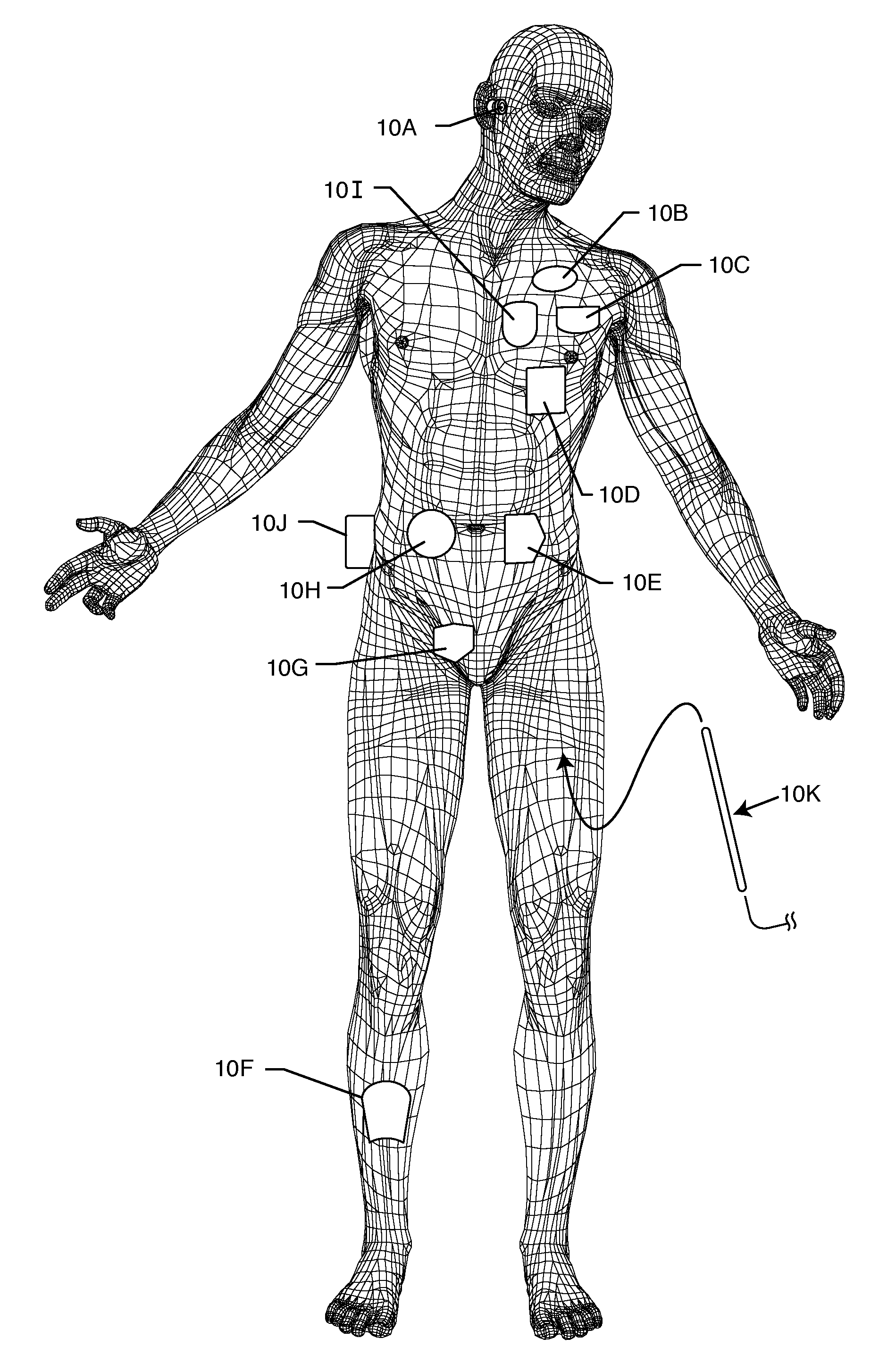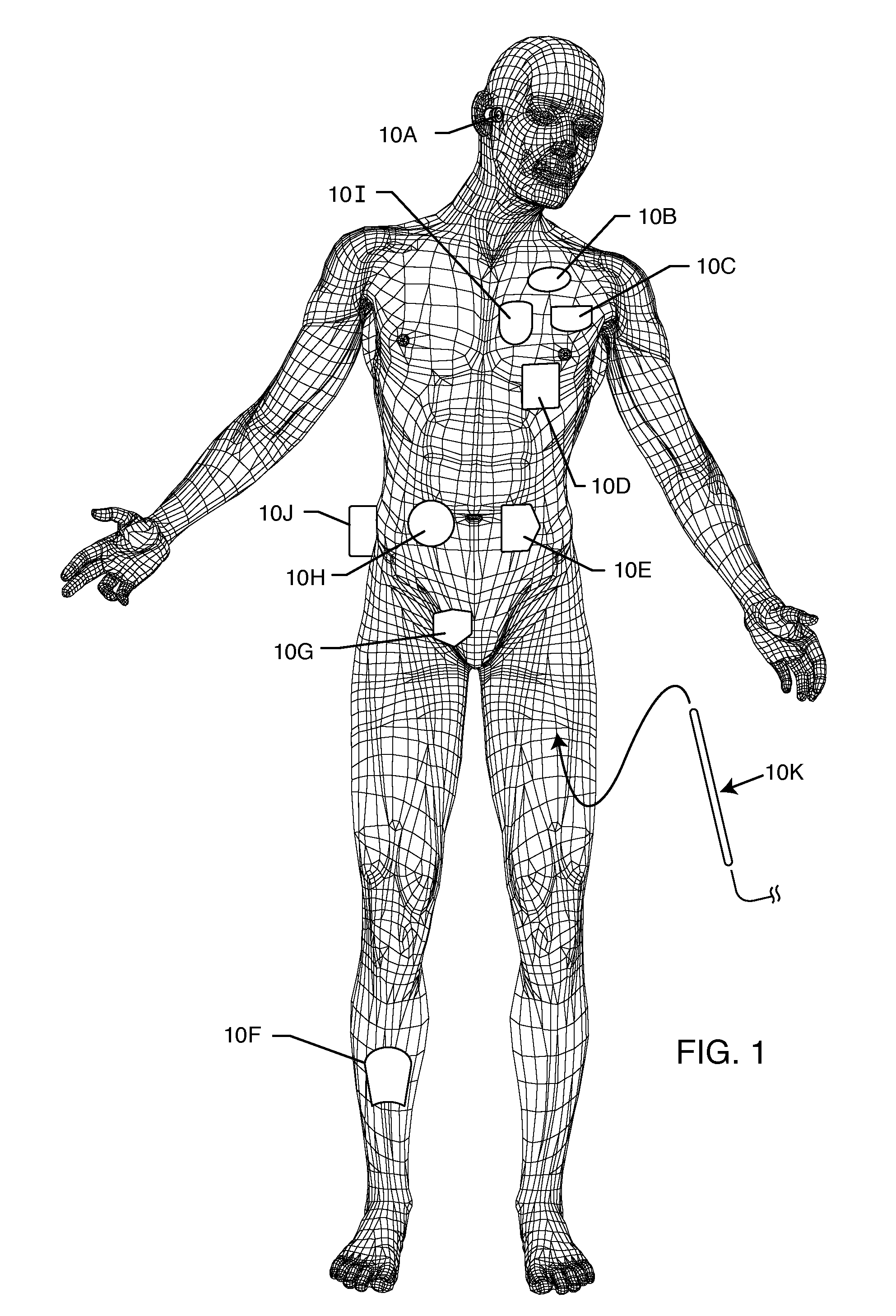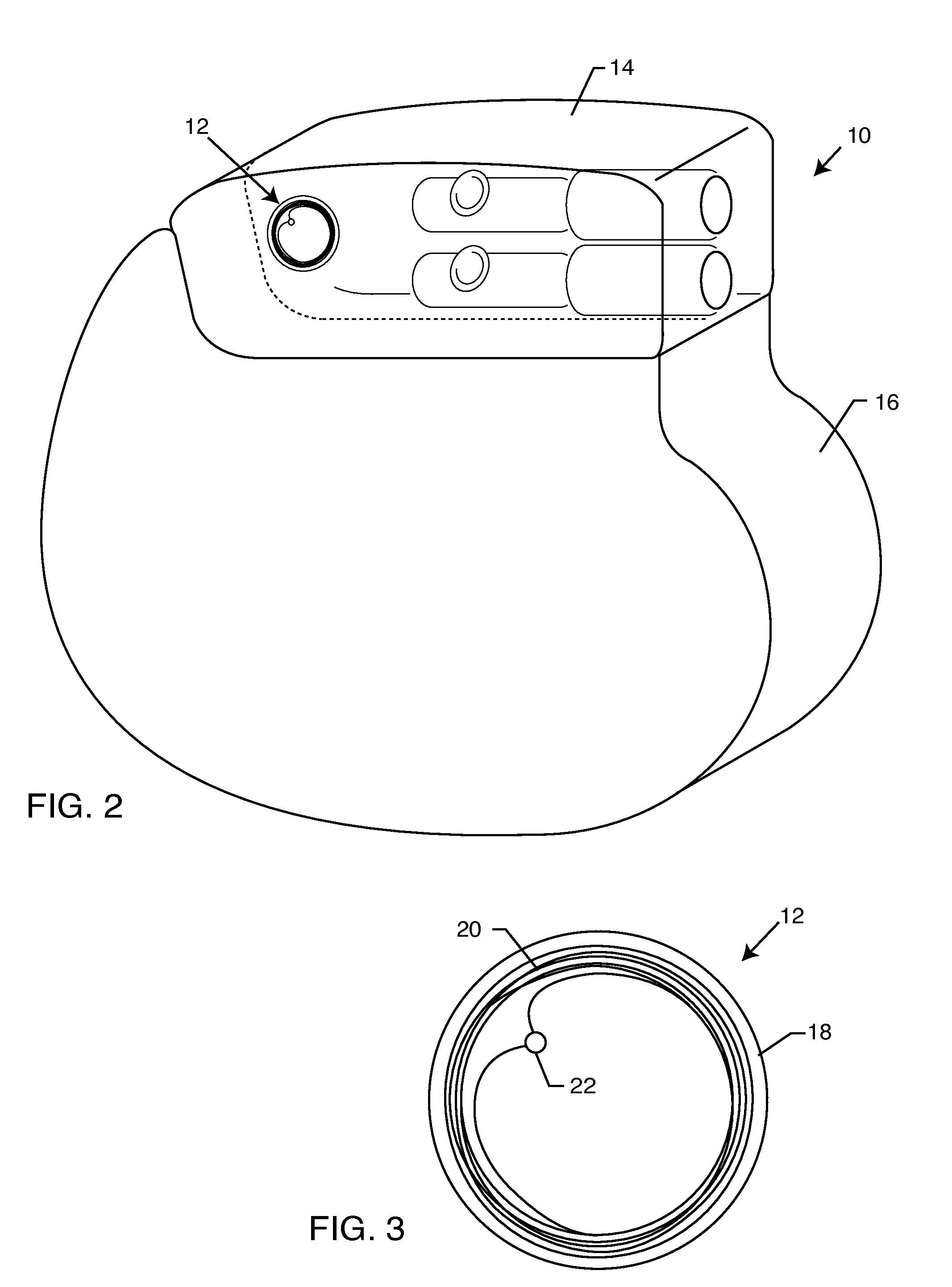Process for transferring product information utilizing barcode reader into permanent memory for an implanted medical device
a technology of barcode reader and product information, which is applied in the field of process for error-free transfer of product information to an rfid chip, can solve the problems of increasing the risk of patients with passive or active (electronic) medical devices (pmds or amds) coming in contact with such emitters, limited information so provided, and often unreliable identification forms
- Summary
- Abstract
- Description
- Claims
- Application Information
AI Technical Summary
Benefits of technology
Problems solved by technology
Method used
Image
Examples
Embodiment Construction
[0034]The present invention is direct to a novel process for error-free transfer of product information to an RFID tag associated with an implantable medical device or component, comprising the steps of: (1) pairing a printed barcode label having product information with an implantable medical device or component; (2) optically reading the barcode and storing at least a portion of the product information thereby read into a temporary memory; (3) associating an RFID tag with the implantable medical device or component; and (4) electronically writing at least a portion of the product information stored in the temporary memory to permanent memory of the RFID chip that is associated with the RFID tag.
[0035]The RFID tag of the present invention has an antenna and a microelectronic chip. The microelectronic chip is capable of storing information. This information is generally digitally stored and consists of both permanent and temporary memory locations. In a particularly preferred embodi...
PUM
 Login to View More
Login to View More Abstract
Description
Claims
Application Information
 Login to View More
Login to View More - R&D
- Intellectual Property
- Life Sciences
- Materials
- Tech Scout
- Unparalleled Data Quality
- Higher Quality Content
- 60% Fewer Hallucinations
Browse by: Latest US Patents, China's latest patents, Technical Efficacy Thesaurus, Application Domain, Technology Topic, Popular Technical Reports.
© 2025 PatSnap. All rights reserved.Legal|Privacy policy|Modern Slavery Act Transparency Statement|Sitemap|About US| Contact US: help@patsnap.com



